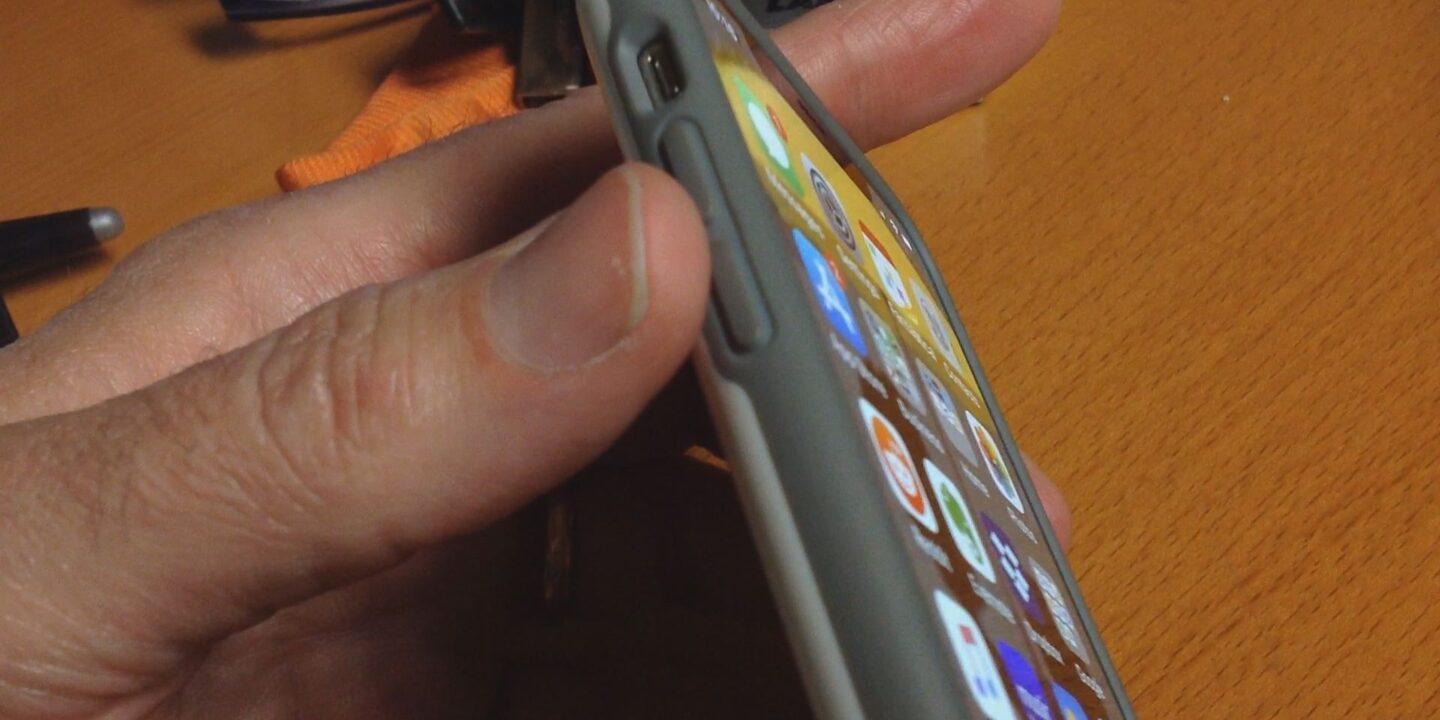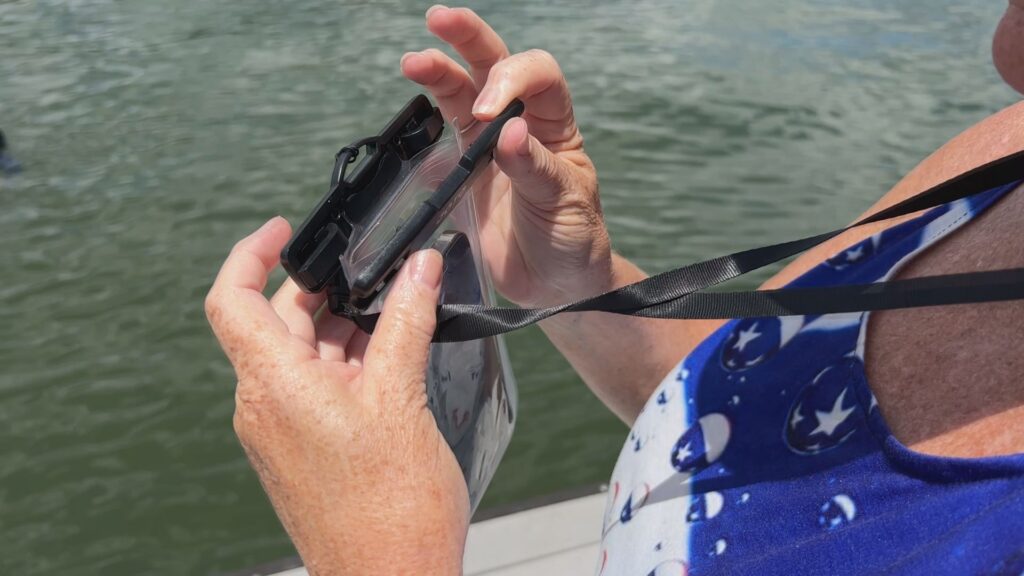- Home
- The Latest
- What to do if your smartphone ...

There’s nothing quite like taking a cool dip in a pool, lake, or the ocean on a hot summer’s day. But few things are worse than your smartphone taking an accidental dip in the water.

Summertime is a very dangerous season for smartphones, particularly those that are taken to swimming pools, the beach, or a lake.
Today’s smartphones handle water much better than phones of a few years ago. None are waterproof but they are water-resistant. Samsung and Google say their newer phones are water-resistant for up to about a meter of water and for up to 30 minutes. We’re talking baby pool depth.
Apple on the other hand claims its newer iPhones (the 12 and 13) are water-resistant for a depth of 6 meters for 30 minutes. But that’s if the phone is in good shape.
Any phone with a cracked back or screen isn’t water-resistant at all.
I spoke with Larry Murphy of the electronics repair company Asurion who warns people that cracked screens allow moisture inside. “You’re basically, the integrity of that screen is no longer there so you can get the liquid in there.”
Murphy also says the type of water matters. Freshwater is less damaging than chlorine or salt water.
“Salt water is very damaging to your device. Saltwater is super corrosive,” Murphy said.
Smartphones will also sink so if you’re spending time on the lake and the phone falls out of a boat or out of your hands, it will sink to the bottom.
If your phone drops into shallow water for a couple of minutes, it should be fine. If it shuts off and doesn’t turn back on, shake it to get as much water out as possible. Blow into the speakers and charging port. You can also use an iPhone shortcut to eject water from the speakers. Once you’ve done all you can to manually remove water from the device set it somewhere out of the sun to dry. Do not try turning it on or putting it on charge.
If, after a few hours the phone still doesn’t turn on, you should take it to a repair shop and a technician may be able to eliminate more of the moisture.
What about the bowl of rice?
As for the rice trick? Murphy says it seldom works. “We don’t recommend it. Not to say it doesn’t work occasionally but we feel it’s a short-term solution.”
Asurion suggests rather than using a bowl of rice, put the phone in a ziplock bag with some silica gel packets that often come inside the packaging of electronics. These soak up more moisture than rice and there is no dust that could go into the speaker or charging port.
If you’re headed out anywhere near water, plan ahead. Invest in plastic pouches designed especially for smartphones that fold over and close completely to prevent droplets from getting inside. They’ll float if the phone is accidentally dropped into the water. These pouches also have a lanyard you can put around your neck to prevent accidental drops.
Other water-resistant pouches protect the phone from heat if you accidentally leave the phone in the sun. They also float. They’re both widely available for about $20.
Murphy’s best advice if you’re taking a phone anywhere? “Do yourself a favor and back up your information because that will save everyone a headache. It makes us more comfortable because we can say yes, we can get you backed up, or we can get you restored pretty easily without too much of a fuss.”
Cracked screens and backs can also allow humidity to create moisture inside the phone. It’s best to get it repaired and keep the phone in a case when you go outside, especially anywhere near the water.

